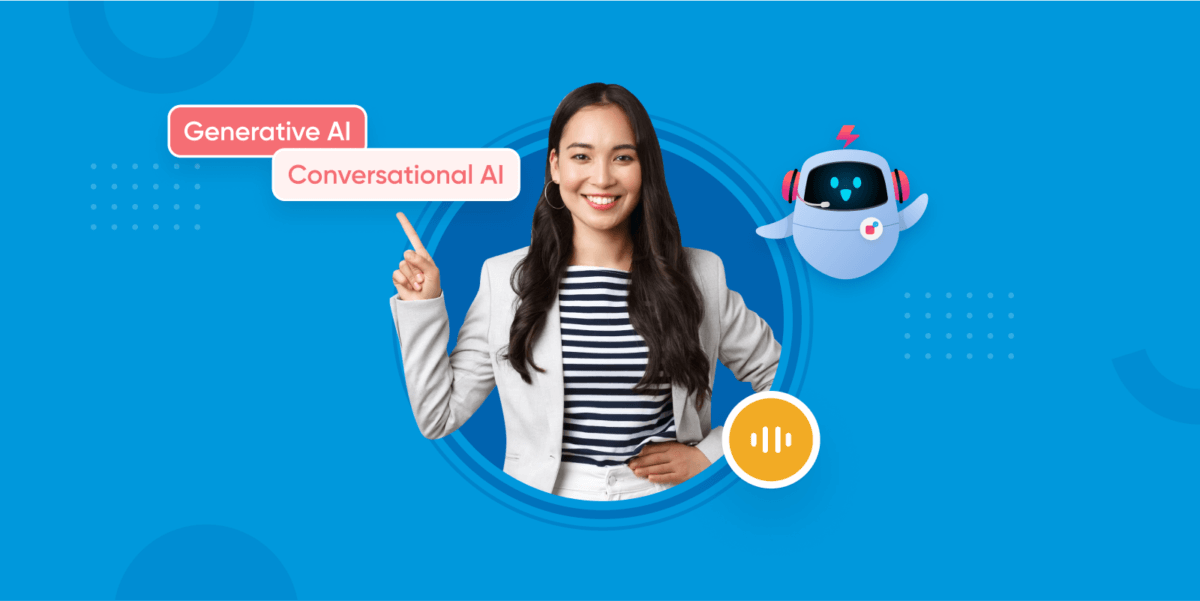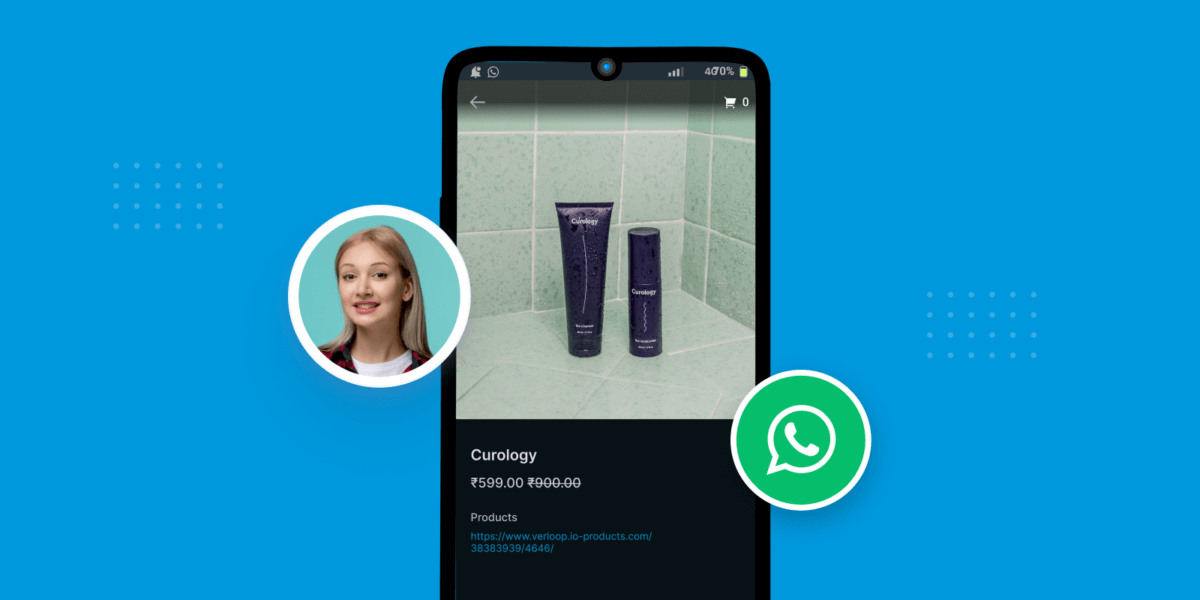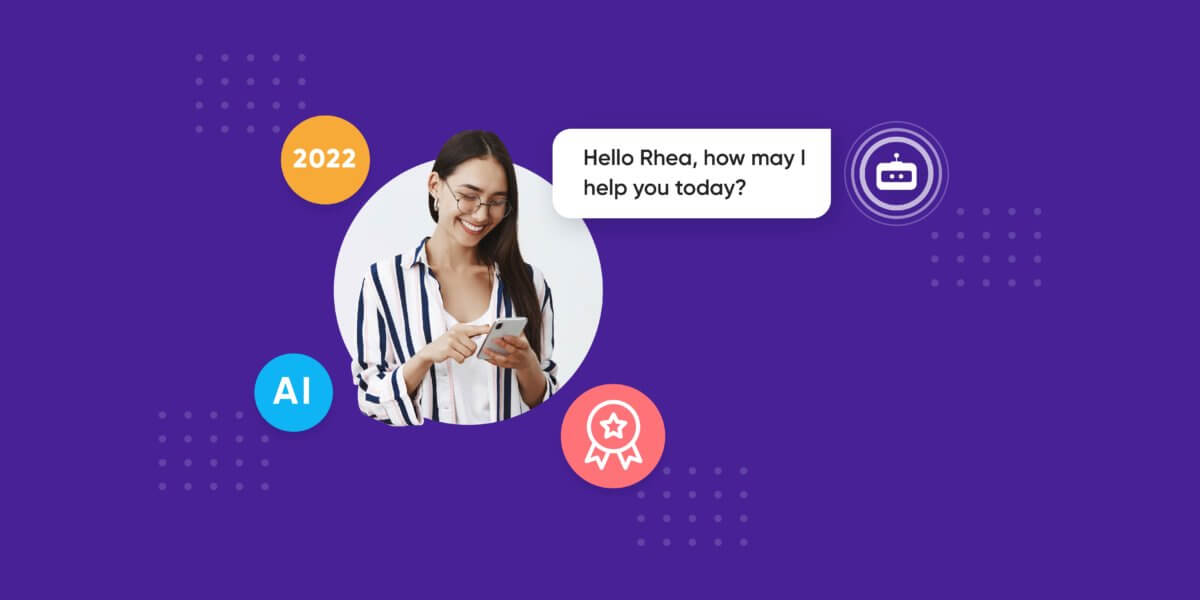Chatbot 18 – An Indepth Analysis into Chatbot Language
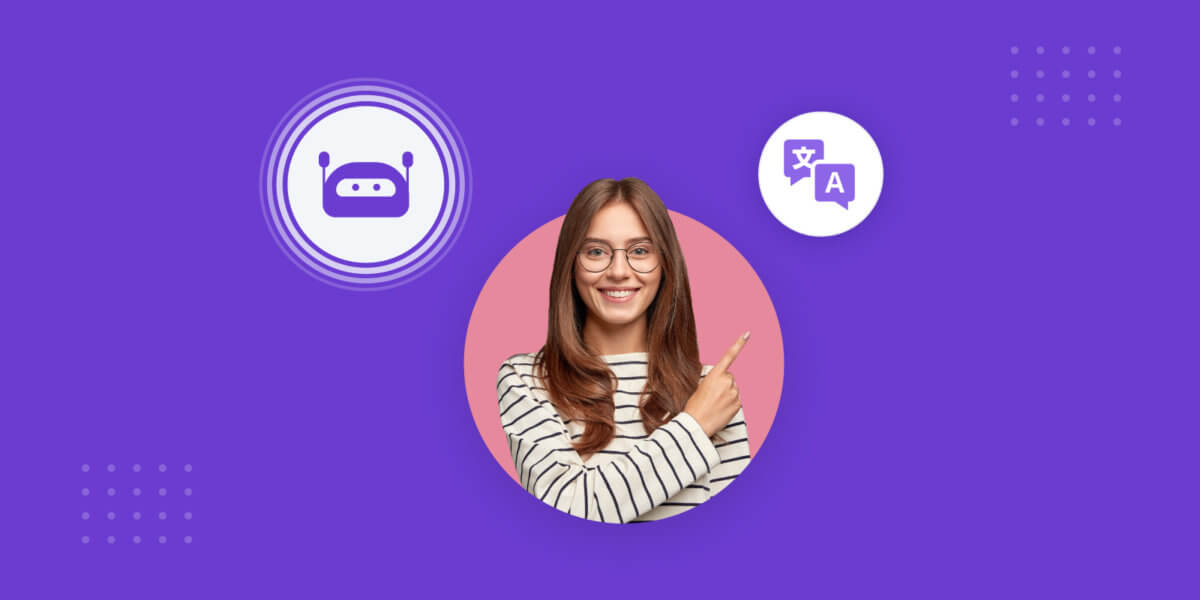
Chatbot 18 – An Indepth Analysis into Chatbot Language
Welcome Back to Chatbot 18.
This article is the second part of a four-part series called Chatbot 18. Other articles that were published in this series can be found here:
#1: Our Predictions for the Industry
#4: Customer Engagement, Support and Marketing
In this post, we will talk about the chatbot terminology used while discussing chatbots and its future; both short and long-term.
What’s Chatbot Language?
The future is still bright, but it’ll take Verloop some hard-nosed engineering to get there. Chatbots use Artificial Intelligence to run, and the field of AI is equal parts exciting and equal parts bewildering. Various acronyms and words are thrown around and at first glance, it seems they’re all interchangeable with each other. To understand what the future of chatbots holds, let’s familiarize ourselves with three basic acronyms. NLP (Natural Language Processing), NLU (Natural Language Understanding) and NLG (Natural Language Generation).
- NLP, or Natural Language Processing is a blanket term used to describe a machine’s ability to ingest what is said to it, break it down, comprehend its meaning, determine appropriate action, and respond back in language the user will understand.
- NLU, or Natural Language Understanding is a subset of NLP that deals with the much narrower, but equally important facet of how to best handle unstructured inputs and convert them into a structured form that a machine can understand and act upon. While humans are able to effortlessly handle mispronunciations, swapped words, contractions, colloquialisms, and other quirks, machines are less adept at handling unpredictable inputs.
- NLG, or Natural Language Generation, simply put, is what happens when computers write a language. NLG processes turn structured data into text.
Suggested read: The Essential Chatbot Terminology for Beginners
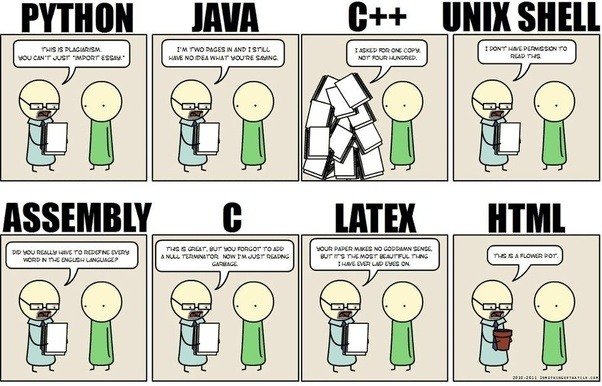
What’s the Future Like?
As Verloop keeps bettering the underlying technology through trial and error, NLP will grow more efficient, capable of handling more complex commands and delivering more poignant outputs.
Chatbots will also be able to have multi-linguistic conversations. They will not only be able to understand hybrid languages like ‘Hinglish’ (Hindi and English) with NLU, but with advanced NLG, will also be able to reciprocate in kind.
But how can simple code assimilate something as complex as speech in only the span of a handful of years? It took humans hundreds of generations to identify, compose and collate the English language. Chatbots have a one up on humans, because of the way they dissect the vast data given to them. Now that we have a grip on the basics, we’ll understand how chatbots work in the next series.




